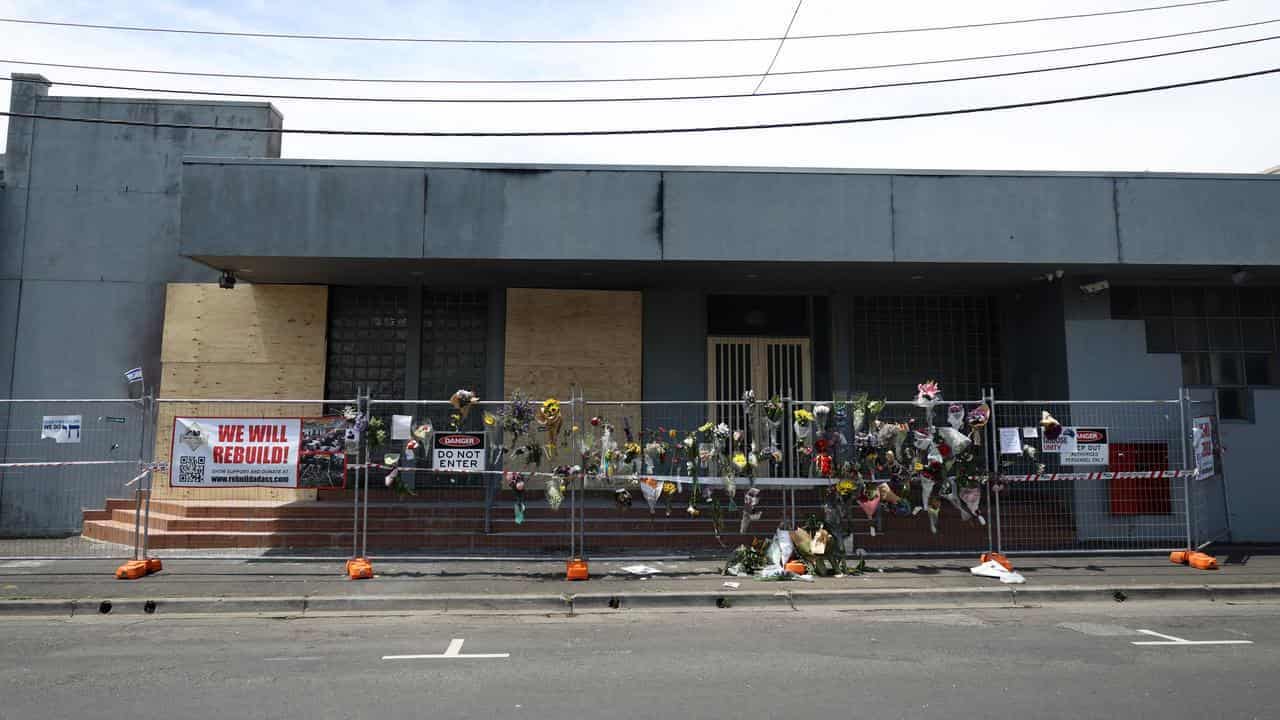The Statement
AAP FactCheck examined a Facebook post from August 17, 2019 by a page titled When something exciting happens I randomly slap the person next to me claiming that entering a pin number backwards into an ATM will alert police if you are being robbed.
The post features a CCTV-like image of a woman being threatened by a male at an ATM, and the accompanying text reads, If a theif (sic) forces you to take money out of an ATM, do not argue or resist. What you do is punch in your pin # (sic) backwards. When you do that, the money will come out but will be stuck in the slot. The machine will immediately alert the local police without the robbers (sic) knowledge and begin taking photos of the suspect. Every ATM has the feature. Stay safe.
The When something exciting happens I randomly slap the person next to me page is followed by more than 203,000 people and has attracted more than 240,000 likes since it was created in 2014. The page, which displays no details in its description, appears to mainly share memes.
The Analysis
The ATM reverse PIN claim has been circulating on the internet since at least 2006, according to fact checking outlet Snopes, which debunked a meme with the same picture.
A PIN scheme such as the one described in the post, named SafetyPIN, was created in 1998 by Chicago businessman Joseph Zingher. However, Zinghers idea didnt interest banks and US state governments.
The US governments Federal Trade Commission (FTC) reported in 2010 that FTC staff learned that emergency-PIN technologies have never been deployed at any ATMs.
Zinghers time, money and efforts proved fruitless. He spent so much money on pushing his invention he ended up broke and was forced to move in with his brother, according to a CNN report.
Three of Australias four biggest banks - the Commonwealth Bank, ANZ, and NAB - all confirmed to AAP FactCheck that their ATMs have no such system in place.
CBA and NAB told AAP FactCheck the post is false. An ANZ spokesperson said it was a good story but unfortunately it is not true. In fact, if a customer tried this three times the ATM would retain their card.
AusPayNet, a payments industry body, also told AAP FactCheck the PIN claim was false and the Australian Bankers Association issued a warning in 2011: The PIN has only one function - to allow the customer to access their account and it must be entered correctly each time and kept confidential. If a customer enters a PIN in reverse they will receive an error message and be prompted to provide the correct PIN. Queensland Police shared their warning in 2013.
The claim has also been debunked by Politifact, Business Insider, UK news outlet Metro and The North Wales Police Department, among others.
The Verdict
Based on this evidence, AAP FactCheck found the claim that entering a PIN backwards to alert police to a robbery to be false.
False - The Facebook post is false.
First published August 22, 2019 18:22 AEST











